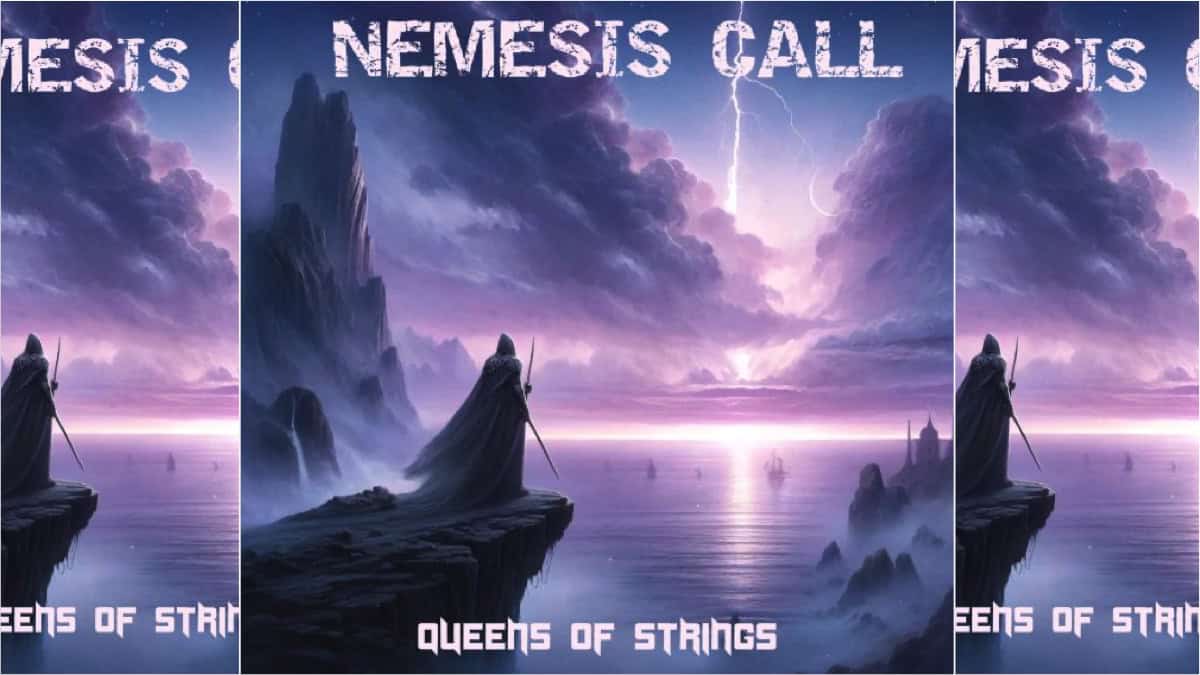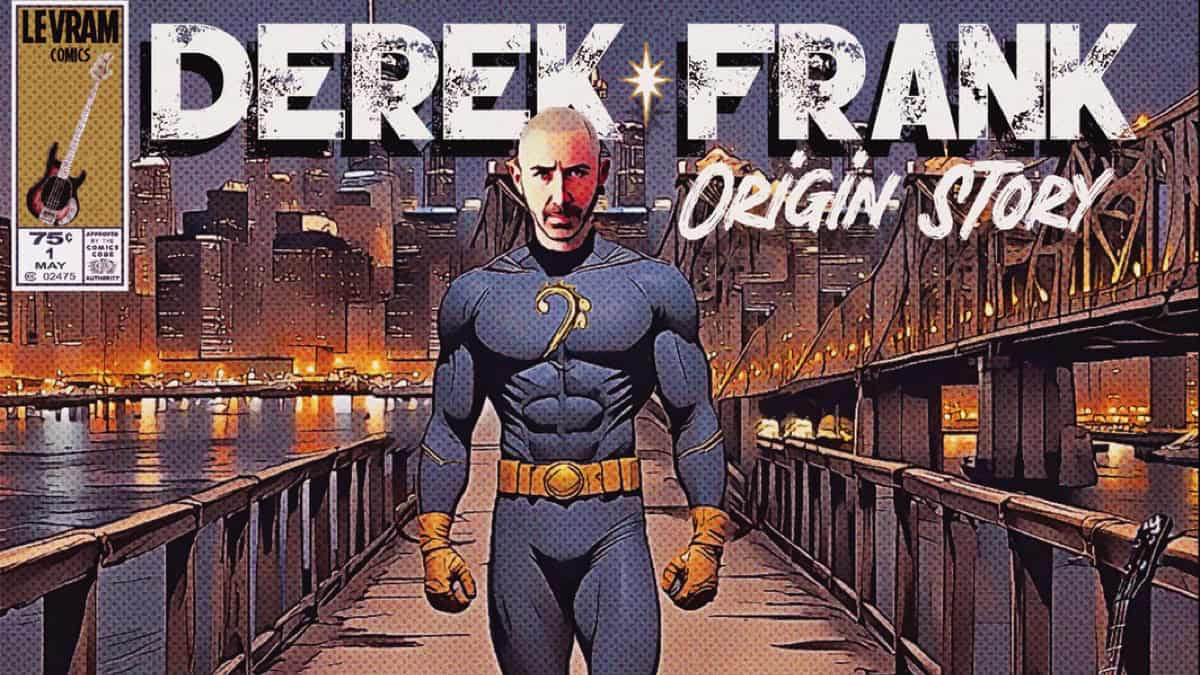Latest
Ear-Hand Coordination
It’s possible that many of the people reading this have found themselves in a position where they’ve had to play a song that they’ve never heard without the benefit of a chart.
When I was 15 years old, I used to stay out until all hours of the night (yes… ALL hours) playing in a local jazz club with a well-established piano player in the area. His name was Eddie Abrams and his band was called the Red Port Review. Red Port like the wine, of which he regularly consumed a great deal. In fact, by the time I joined the band he had moved on to White Port. Maybe too many headaches, I don’t know.
As a kid I was exposed to a lot of music. My mom, when she was a child, was a big fan of the popular music of the 40’s and 50’s. Since she didn’t have a piano in her formative years, she would have to learn the songs by ear from listening to the radio, and then remember them until the next day, when she would go to school and have access to a piano. Needless to say, her ears were, and still are, scary.
A lot of what she learned, she passed along to me. And some of that repertoire was part of Eddie’s set. All of it, stylistically, fell into the category of “standards”. Even though I though I knew an awful lot for a 15 year-old kid, I found out quickly that I was going to be challenged on that gig. Eddie didn’t call the names, or the keys, or the tempos, or the feels of any of the songs. I sometimes wondered if maybe his hands just played and his mind caught up with them. Like his hands were doing the same thing to his mind, that he was doing to me. At any rate, I had to learn to hear on my feet. And I did.
I like to call it ‘Ear-hand’ coordination. I didn’t even know I was developing it until one time, on a wedding gig, I was playing with one hand and talking on the phone with the other (Off the side of the stage during a “continuous” ballad where no one could see me). Not professional, I know, but the audience couldn’t see me, and the band members were friends. The piano player played some hip substitute changes and without realizing it, I played them with him. When I turned around to react and say, “nice changes…those were hip”, I saw him and the bandleader laughing. They were apparently testing me. Nice… They thought it was some kind of freakish thing. It was second nature to me.
This is when something useful happened in my head. So many people ask me how I can do that kind of thing. Many of them can’t imagine how I do it, like it’s magic. People accuse me of having perfect pitch, which I do not. I came to the realization, through some of these conversations, that some people haven’t realized that music is not random. Not only is it not random… western music is typically VERY PREDICTABLE in terms of it’s harmonic and melodic content, which is what we as bassists are mainly concerned with in that kind of situation. If a c chord suddenly becomes a C7 chord, the chances of the next chord being an Fsomething are pretty good. There’s also a good chance it would be a B chord of some type, or more of C7. In most situations there are predictable likelihoods at the very least. Often, a song can lead you through it on it’s own if you listen carefully enough.
The point of all of this is that the only wrong way to get through a situation like that is to give up or get nervous. The main thing is to have an opinion! If you don’t know what the next chord is, listen and form an opinion in your ear. It might be wrong, but not having an opinion means not playing anything. And that’s useless.
If you’ve had any experience with Victor Wooten, you may have heard him talk about “A right note always being a half step away.” For bassists this is almost true without qualification. Obviously, there is only one right note to play for a written chord. If the chord is a C major chord, you need to be playing C to be accurate. BUT, if the chord you’re coming off of is an E7, and you think you’re going to A, and you play an A, you’ve just changed the C major chord to an A min7 chord, and that beats the heck out of playing nothing.
Can you hear the difference between a Cmaj7 and a Cmin7? Try this. Play all the white notes in one octave on a keyboard. Now change one. Do you hear the difference? I’ve never known anyone who didn’t. If you can hear this, you can hear a Cmaj turn to a C7. If you can hear that, you can hear a lot more. The trick is to identify it and remember it.
I hope this was useful. I could write volumes on the subject, and probably will. But for now, ponder this. And if you have an opportunity, play some jazz with some close friends and make them play tunes you don’t know. Ask them to tell you the form and play through it once for you to listen… in time so you can feel the harmonic rhythm. Then just go. Don’t be nervous. You’re only getting better which is all you can ask of yourself. You will be surprised, I guarantee you.
Gear News
New Gear: Spector Doug Wimbish USA Custom Series Basses

Spector offers Doug Wimbish USA Custom Series basses…
Spector, a leading authority in bass guitar design, unveils two new Doug Wimbish USA Custom Series basses. Synonymous with bass excellence since 1987, Wimbish collaborated with Spector’s USA Custom Shop to create the DW-4 and DW-5 models, echoing the iconic instruments that have been favored heavily throughout his recording and performing career.
These signature basses faithfully replicate Wimbish’s originals, down to the smallest details like neck contours and nut widths. Customized EMG pickups, developed in collaboration with Wimbish, capture the distinctive sound that has shaped his monumental musical impact. These models invite players to explore the feel and response that have defined Wimbish’s signature style over the years.
Available in 4-string and 5-string versions, each model boasts unique features & finish options. The DW-4 comes in Amber Stain Gloss and Black Stain Gloss options, while the DW-5 offers Dark Blue Stain Gloss and Faded Natural Gloss. Every purchase includes a certificate of authenticity signed by Doug Wimbish. Wimbish comments, “Spector took the time to get every little nuance right, and that to me is dedication and being thoughtful enough to know ‘I want to nail it,’ and they did. I’m able to pick these instruments up for the first time and play them like I’ve already had them for years.”
For more information, visit spectorbass.com/doug-wimbish-usa-signature-series/.
Photo: Doug Wimbish, pictured with the new Spector Doug Wimbish USA Custom Series basses
Bass CDs
New Campaign: Alberto Rigoni, Nemesis Call – Queens Of Strings

Italian bass master and composer ALBERTO RIGONI is thrilled to announce his brand new project “Nemesis Call – Queens Of Strings”.
Nemesis Call – Queens Of Strings features a super talented drummer from Japan (TBA) and tons of female guitarists such as SAKI, Giusy Busetto, Alexandra Zerner (TBC) and many many others (TBA). Furthermore, Alberto has also launched a Fundraising Campaign for the project. 20% of the income will be donated to Lega del Filo d’Oro legadelfilodoro.it/it, an Italian association that helps deaf and blind children!
Alberto shares:
“Hello friends and music lovers! I’m Alberto Rigoni, an Italian composer and.. a BASS GUY! Between 2008 and 2024 I released 13 solo albums, spanning from progressive, rock, ambient to funky and experimental music, which also features contributions from musicians such as keyboard wizard Jordan Rudess (Dream Theater) drummer Gavin Harrison (Porcupine Tree) and Marco Minnemann (the Aristocrats), keyboardist Kevin Moore (ex Dream Theater), singer John Jeff Soto (ex Goran Edman (ex Y. Malmsteen), bassists Nathan East, Stu Hamm (Joe Satriani), Nik West (ex Prince) and many others. I’m also bass player for BAD As, Sunset Groove Society, Kim Bingham, The Italians bands and co-producer of Mistheria’s Vivaldi Metal Project.”
Alberto on the new project Nemesis Call:
“Even if my latest album “Unexpected Lullabies”, dedicated to my newborn Vittoria Parini Rigoni, will be released on June 4th, 2024, when Vittoria came to life I felt the need to compose new music (yes, I really can’t stop!!!!!). This time will be quite challenging because I’m willing to release an instrumental ambient/prog/rock/metal album, that will feature a talented and young drummer (TBA) and tons of female guitarists (that’s why I will call the album “Queens of the Strings”) such as Alexandra Zerner, YOKA and many others (TBA/TBC)). It won’t be easy to manage all such great musicians but I will make it!! Are you ready to face a new prog experience? The album will be released in Digipack CD and in high-quality digital format approximately at the beginning of 2025.”
The Fundraising Campaign:
As an independent artist, Alberto is looking for supporters who can help him reach the budget for the production (recordings, mix, mastering, artwork etc.) of this new album and has started this fundraising campaign that will end successfully on October 15th, 2024.
Get further information about Alberto Rigoni’s new project Nemesis Call Fundraising campaign at albertorigoni.net/nemesiscal
Bass Videos
Artist Update With Bassist Derek Frank

Bassist Derek Frank…
Many of you will remember the last time I chatted with Derek Frank was back in 2017. The main thing that impressed me was how busy Derek was and how he juggled playing with many huge acts.
Now, I am happy to hear that Derek launched a new album last March titled “Origin Story” where he digs deep into his roots and pays homage to Pittsburg.
Join me as we get caught up after all these years and hear the details about the new album, how Derek gets his sound, and his plans for the future.
Photo, Stephen Bradley
Featured Videos:
Visit Online:
www.derekfrank.com
www.instagram.com/derekfrankbass
www.youtube.com/derekfrankbass
www.facebook.com/derekfrankbass
Latest
This Week’s Top 10 Basses on Instagram

Check out our top 10 favorite basses on Instagram this week…
Click to follow Bass Musician on Instagram @bassmusicianmag
FEATURED @foderaguitars @bqwbassguitar @lecomptebass @xvector_basses @vuorensaku_guitars @phdbassguitars @meridian_guitars @sterlingbymusicman @ramabass.ok @overwaterbasses
Gear News
New Gear: Alberto Rigoni Signature Bass, the VPR5 by Gaetano Costanzo!

Alberto Rigoni Signature Bass, the VPR5 by Gaetano Costanzo!
Internationally renowned bassist ALBERTO RIGONI (soloist, BAD AS, Vivaldi Metal Project, TwinSpirits, etc.) is proud to announce the release of his signature bass VPR5 made by renowned Italian luthier Gaetano Costanzo!
The bass is entirely handmade in Italy, without the use of CNC or other machinery, and has rather special features. The VPR is a 5-string bass (but also available as a 4-string) with 30 frets, Seymour Duncan pickups, Music Man Alnico style, passive electronics (volume, tone and a switch to select series/parallel/single-coil mode), alder body, and American maple neck and fingerboard. Gotoh tuners that ensure perfect intonation. The bass is totally painted white (nitro finish) but other colors can be requested. The VPR has a weight of about 2.9 kg and suitable for any genre.
For more information contact Gaetanobass77@gmail.com or visit online at www.instagram.com/gaetanocostanzoluthier or www.facebook.com/GaetanoCostanzoLuthier













